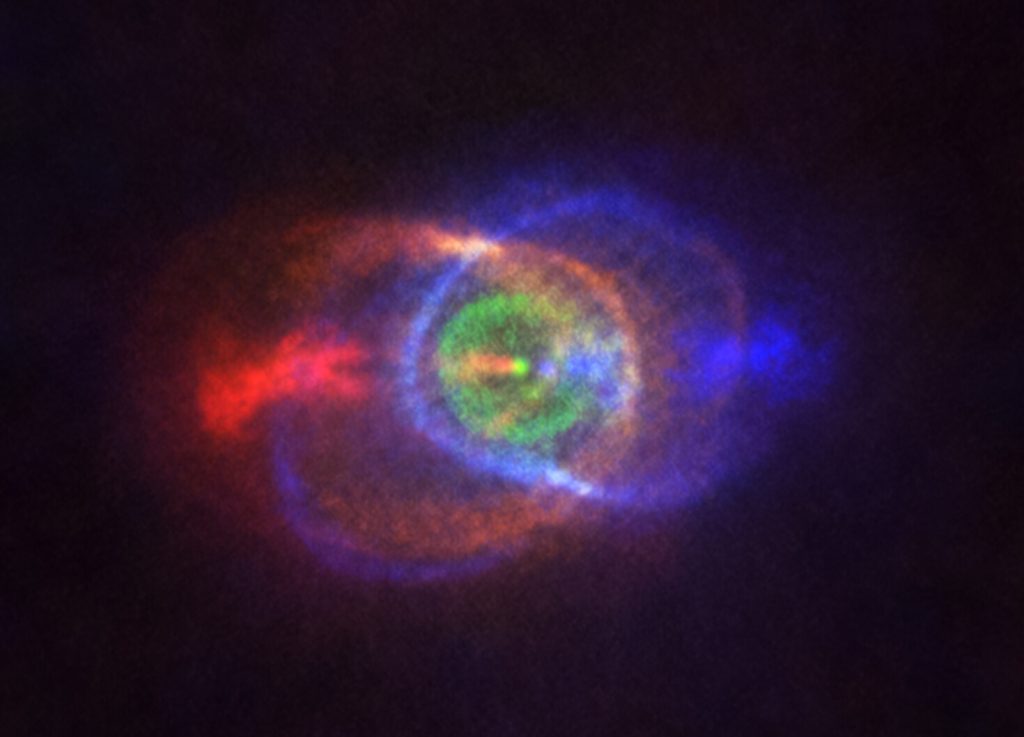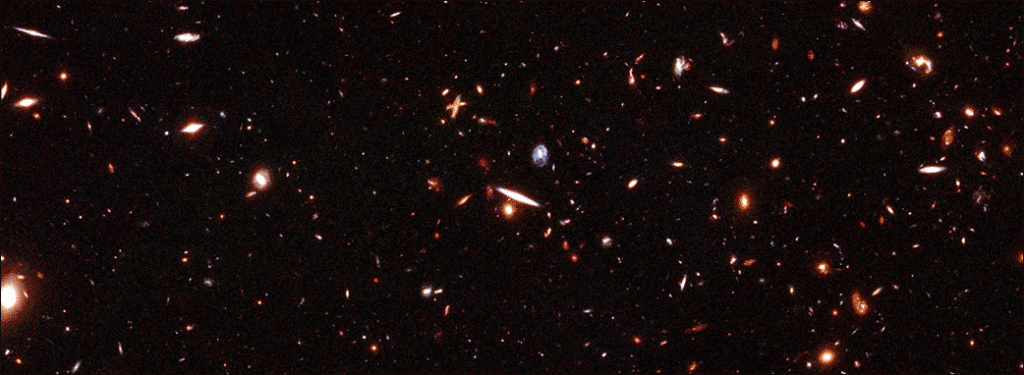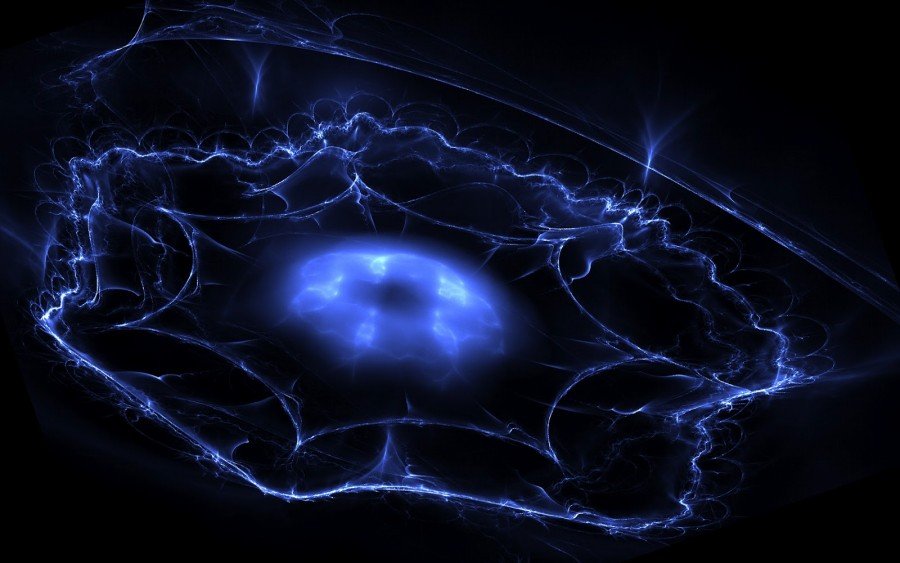Hexaquark d*(2380): a new candidate for dark matter
One of the biggest mysteries of our universe is what is dark matter made of. Its existence is suggested by several astronomical observations, among them peculiarities in the rotation of galaxies. Dark matter would have to make up at least 63% of all matter in the universe and to date, physicists have no idea about its exact nature. All that is clear is that dark matter interacts with normal matter only via gravity. These could be, among other things, so-called WIMPs (Weakly Interacting Massive Particles), which would be considered cold dark matter. However, researchers are not making very quick…







